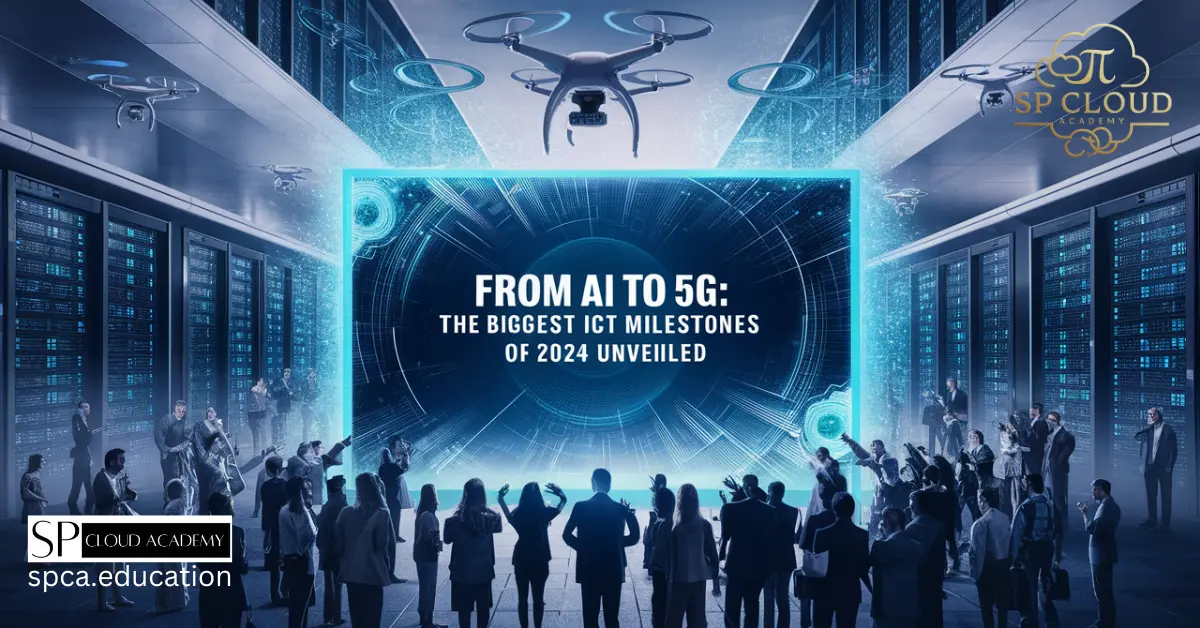Introduction to ICT milestones 2024
The Information and Communication Technology (ICT) sector has been a cornerstone of global progress, shaping economies and improving lives. In 2024, the ICT domain witnessed unprecedented milestones, heralding an era of innovation driven by Artificial Intelligence (AI) and 5G technologies. These advancements have not only enhanced connectivity but also revolutionized industries like healthcare, education, and transportation. As the world stands on the brink of a digital renaissance, it’s essential to reflect on the ICT milestones that define this pivotal year.
AI Breakthroughs in 2024
Generative AI Advancements
Generative AI emerged as a transformative force in 2024, with applications spanning content creation, virtual reality, and complex problem-solving. Companies developed AI models capable of understanding nuanced human expressions, generating realistic images, and composing music, blurring the lines between human and machine creativity.
AI in Healthcare
AI’s impact in healthcare reached new heights, with predictive analytics saving lives by forecasting disease outbreaks. AI-powered diagnostic tools provided faster and more accurate results, enabling early detection and intervention. Furthermore, personalized medicine became more accessible, tailoring treatments to individual genetic profiles.
AI for Climate Change Solutions
From monitoring carbon footprints to optimizing renewable energy grids, AI played a pivotal role in combating climate change. In 2024, AI-driven platforms analyzed vast datasets to recommend sustainable practices, empowering governments and businesses to make informed decisions.
Ethical AI and Regulations
Amid these advancements, ethical considerations remained paramount. Policymakers and tech companies collaborated to draft AI regulations, ensuring transparency, accountability, and the prevention of biases in AI systems.
5G Innovations
Global Rollout Progress
The global adoption of 5G accelerated in 2024, bridging connectivity gaps in urban and rural areas. Telecom giants introduced cost-effective 5G plans, making high-speed internet more accessible.
Enhanced Mobile Experiences
Consumers enjoyed unparalleled mobile experiences, from seamless video streaming to immersive augmented reality (AR) applications. Gaming enthusiasts benefited from reduced latency, creating a new standard for mobile gaming.
IoT Applications Powered by 5G
5G’s low latency and high bandwidth capabilities revolutionized the Internet of Things (IoT). Smart cities, equipped with interconnected devices, optimized traffic management, energy usage, and public safety.
5G in Autonomous Vehicles
Autonomous vehicles became more reliable, thanks to 5G-enabled real-time data sharing. Enhanced vehicle-to-everything (V2X) communication ensured safer roads and efficient transportation systems.
Integration of AI and 5G
AI-Enhanced 5G Networks
In 2024, the fusion of AI and 5G redefined network capabilities. AI algorithms optimized 5G networks by predicting user demand, managing network traffic, and ensuring seamless connectivity. These intelligent networks adapted dynamically to deliver enhanced user experiences and increased efficiency.
Real-Time Data Processing
The integration of AI with 5G enabled real-time data analysis, facilitating faster decision-making across industries. For example, in healthcare, real-time patient monitoring became more efficient, while in logistics, AI-powered 5G networks optimized supply chain operations, minimizing delays and costs.
Impact on Retail and Logistics
Retailers leveraged AI-enhanced 5G for personalized shopping experiences, using AR and VR to transform online stores into immersive environments. In logistics, 5G-powered AI systems improved inventory management and delivery tracking, ensuring faster and more reliable services.
Cloud Computing Advances
Edge Computing Trends
In 2024, edge computing gained momentum as organizations sought to process data closer to its source. This minimized latency and reduced dependency on centralized cloud servers, benefiting applications like autonomous vehicles, smart factories, and IoT devices.
AI-Driven Cloud Solutions
Cloud service providers integrated AI to enhance their offerings, introducing intelligent cloud platforms capable of automating routine tasks, predicting system failures, and optimizing resource allocation. These advancements reduced operational costs and improved scalability for businesses.
Hybrid Cloud Environments
Hybrid cloud adoption surged as companies sought the flexibility of combining public and private cloud infrastructures. This model allowed businesses to manage sensitive data securely while leveraging the scalability of public cloud services for non-critical operations.
Cybersecurity in the ICT Landscape
New Threats and Challenges
As ICT evolved, so did the sophistication of cyber threats. In 2024, cyberattacks targeting critical infrastructure and AI systems became a growing concern, necessitating robust security measures.
AI for Cybersecurity
AI emerged as a double-edged sword in cybersecurity. While malicious actors used AI to craft advanced phishing schemes, defenders employed AI for threat detection, anomaly analysis, and predictive threat modeling. AI-driven security tools helped organizations stay one step ahead of cybercriminals.
Policies and Frameworks Introduced in 2024
Governments and industry leaders collaborated to establish global cybersecurity frameworks, emphasizing data privacy, incident response, and cross-border cooperation. These policies played a crucial role in fostering a secure digital environment.
Quantum Computing Progress
Major Breakthroughs in Quantum Technology
Quantum computing made significant strides in 2024, with researchers achieving breakthroughs in qubit stability and error correction. These advancements brought quantum computing closer to practical applications, promising unparalleled computational power.
Impact on Cryptography and Data Processing
The potential of quantum computers to crack traditional encryption posed challenges for data security. In response, organizations began adopting quantum-resistant cryptographic algorithms to safeguard sensitive information.
Integration with Existing ICT Systems
Quantum computing was integrated into existing ICT frameworks for tasks requiring immense computational power, such as drug discovery, financial modeling, and complex simulations.
Blockchain in ICT
Beyond Cryptocurrency: Blockchain in Data Security
In 2024, blockchain found applications beyond cryptocurrencies, emerging as a reliable solution for data integrity and security. From supply chain transparency to digital identity verification, blockchain offered tamper-proof systems for various sectors.
Decentralized Networks for Enterprise Solutions
Enterprises adopted decentralized networks for efficient collaboration and secure data sharing. Blockchain-powered smart contracts streamlined business processes, reducing paperwork and ensuring compliance.
Case Studies from 2024
Case studies highlighted blockchain’s transformative role, such as its use in healthcare for managing patient records and in logistics for tracking goods in real-time.
Digital Transformation Across Industries
AI and 5G in Education
Education witnessed a paradigm shift with AI and 5G enabling interactive and personalized learning experiences. Virtual classrooms and AI tutors bridged learning gaps, while 5G ensured uninterrupted connectivity for remote learners.
Revolutionizing Healthcare with ICT
Healthcare became more patient-centric with ICT advancements. Telemedicine flourished, enabling remote consultations, while wearable devices monitored health metrics in real-time. ICT also facilitated faster research and development of new treatments.
Manufacturing and Industry 4.0
Manufacturing embraced Industry 4.0 technologies, with IoT, AI, and robotics enhancing automation and productivity. Predictive maintenance reduced downtime, and AI-powered analytics optimized production lines.
Challenges in 2024
Digital Divide and Accessibility
Despite advancements, the digital divide persisted, particularly in developing regions. Bridging this gap required collaborative efforts from governments, NGOs, and private entities to ensure equitable access to ICT.
Managing Massive Data Influx
The explosion of data generated by IoT devices, 5G networks, and AI systems posed challenges in storage, processing, and analysis. Scalable and sustainable solutions were crucial to handle this influx effectively.
Ethical and Societal Implications
ICT innovations raised ethical concerns, from AI bias to data privacy. Societal debates centered on striking a balance between technological progress and human values.
Future Outlook
Predictions for 2025 and Beyond
The ICT landscape is poised for further innovation, with advancements in 6G, neuromorphic computing, and AI ethics. 2025 is expected to bring deeper integration of ICT into daily life, enhancing convenience and productivity.
Emerging Technologies to Watch
Technologies such as augmented reality, brain-computer interfaces, and sustainable ICT solutions are set to revolutionize industries in the coming years.
Role of Governments and Organizations in ICT Development
Governments and organizations will play a critical role in fostering innovation, ensuring regulatory compliance, and addressing ethical concerns. Their collaboration will shape the future of ICT for the betterment of society.
With 2024 marking a turning point in ICT evolution, the achievements in AI, 5G, and related technologies underscore humanity’s potential to innovate and adapt. These milestones not only transform industries but also pave the way for a smarter, more connected, and sustainable world.
Books
- Understanding Generative AI for Business Leaders: Demystifying Strategic Advantage, Ethical Deployment, and Practical Integration for Success (Artificial Intelligence)
- AI in Health: A Leader’s Guide to Winning in the New Age of Intelligent Health Systems (HIMSS Book Series)
- AI SOLUTIONS FOR CLIMATE CHANGE AND SUSTAINABLE LIVING: EXPLORING THE ROLE OF ARTIFICIAL INTELLIGENCE (AI) IN ADDRESSING ENVIRONMENTAL CHALLENGES
- 5G, Artificial Intelligence, and Next Generation Internet of Things: Digital Innovation for Green and Sustainable Economies
- Industry 4.0 and Smart Manufacturing: Integrating IoT, AI, and Machine Learning in Injection Molding
See Also
-
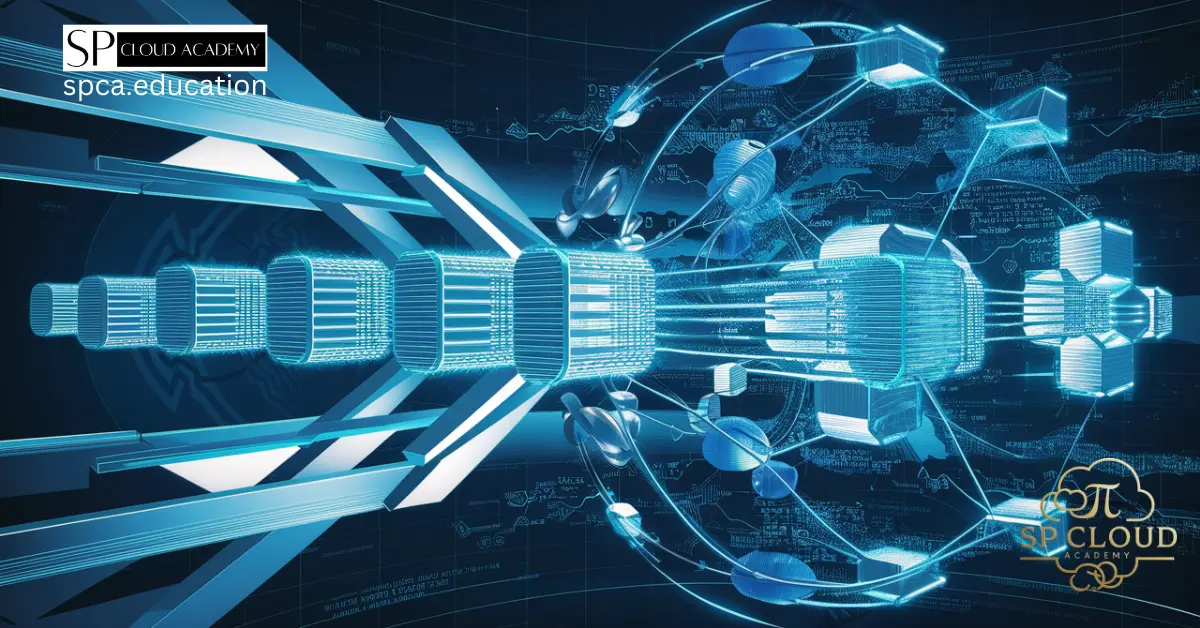
Blockchain Unveiled: How It’s Revolutionizing the Digital World
-

ChatGPT vs Gemini: The Ultimate Showdown in AI Innovation!
-
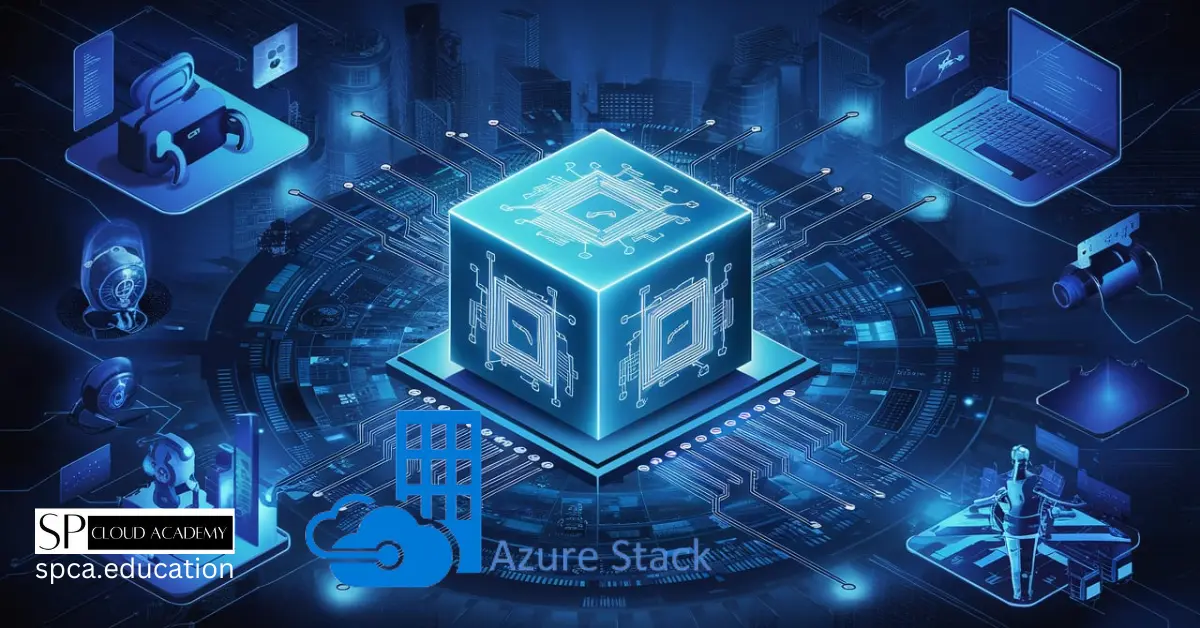
Unlocking the Power of Azure Stack: Revolutionizing Hybrid Cloud for Modern Enterprises
-
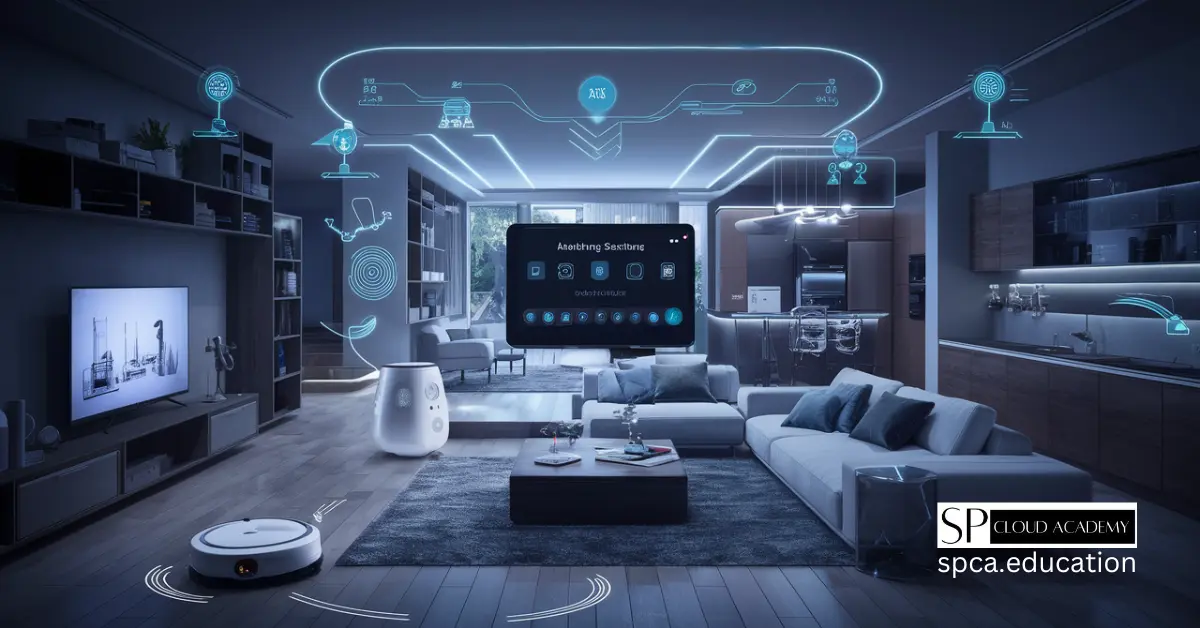
Home Automation and Security Systems Using AI and IoT
-

How ChatGPT is Transforming the Future of AI Communication?
-
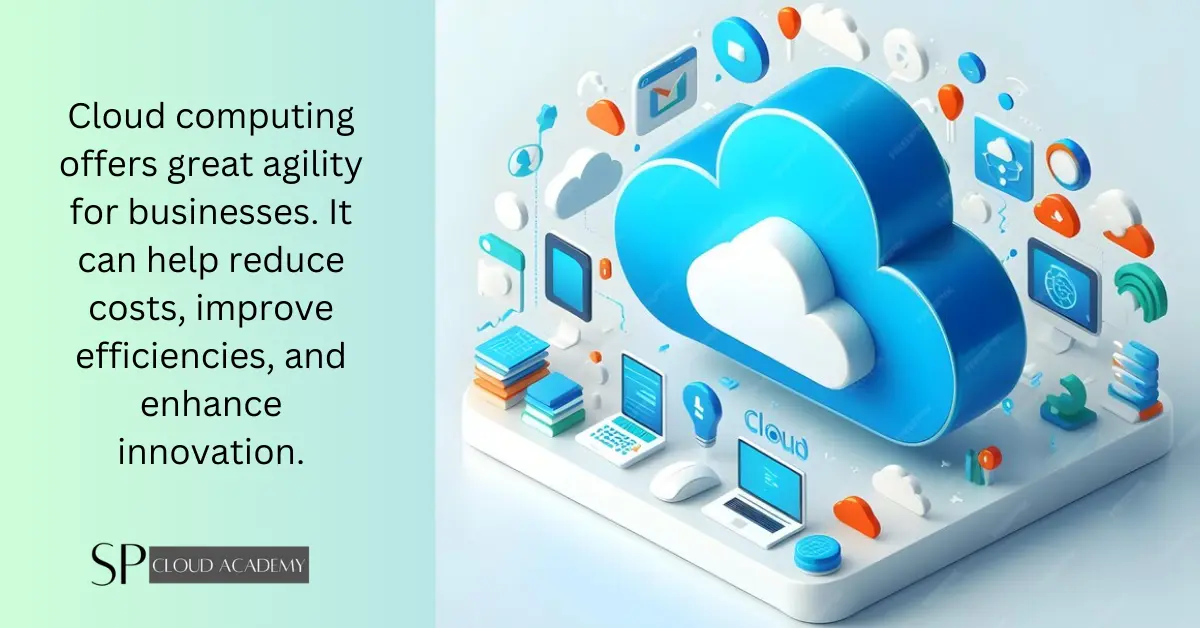
The Ultimate Guide to Cloud Applications: Benefits, Trends, and Best Practices
-
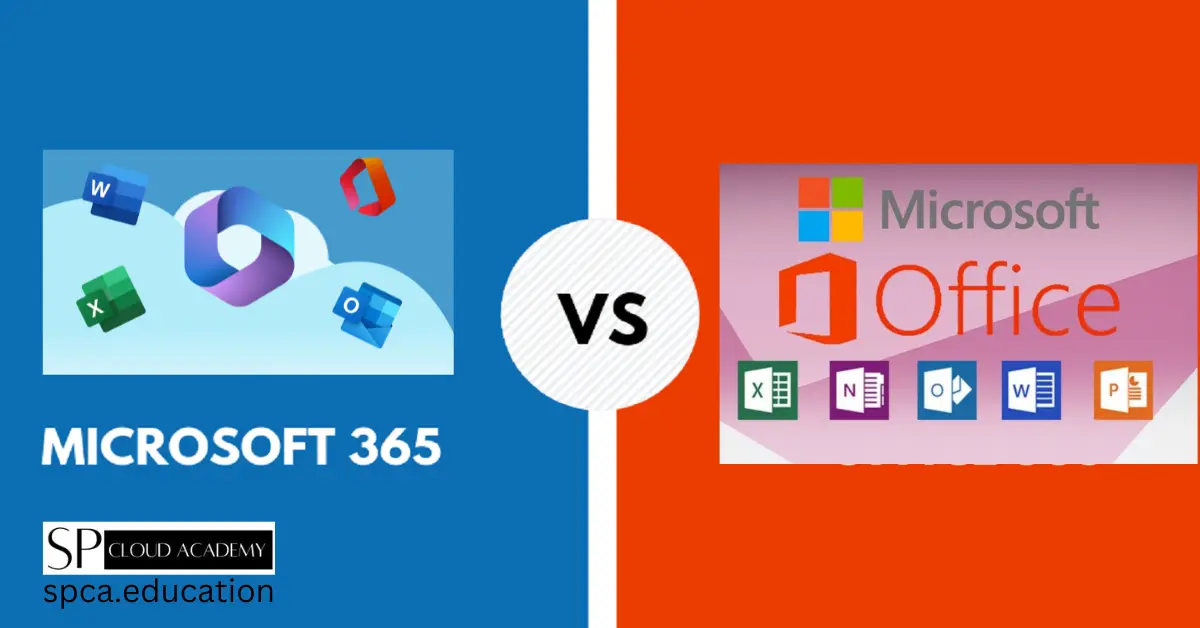
Microsoft 365 vs. Microsoft Standalone Office Suite: Which One Will Boost Your Productivity?
-
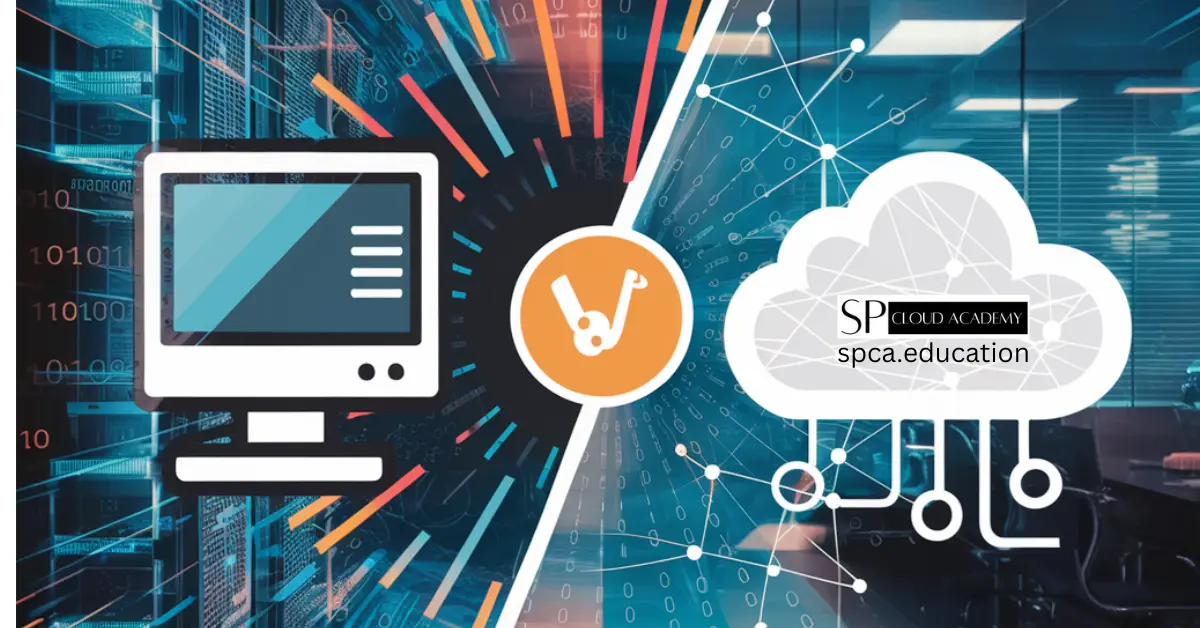
Why Cloud Applications are Taking Over: A Comparison with Desktop Software
-

Future-Proof Your Career: Exploring the Latest Microsoft Cloud Certifications for 2024
